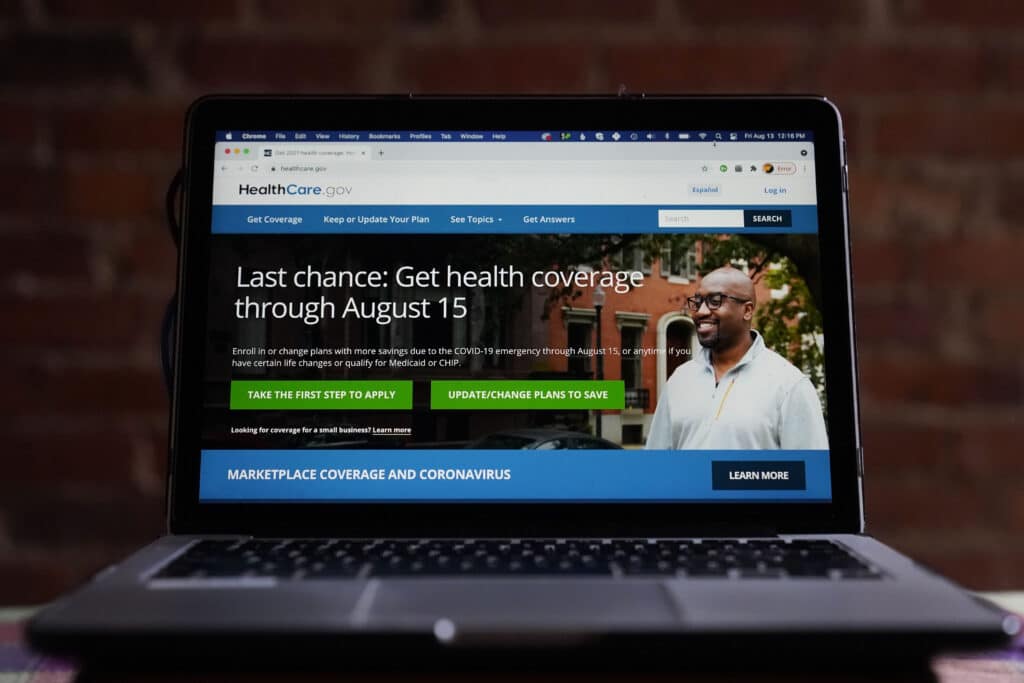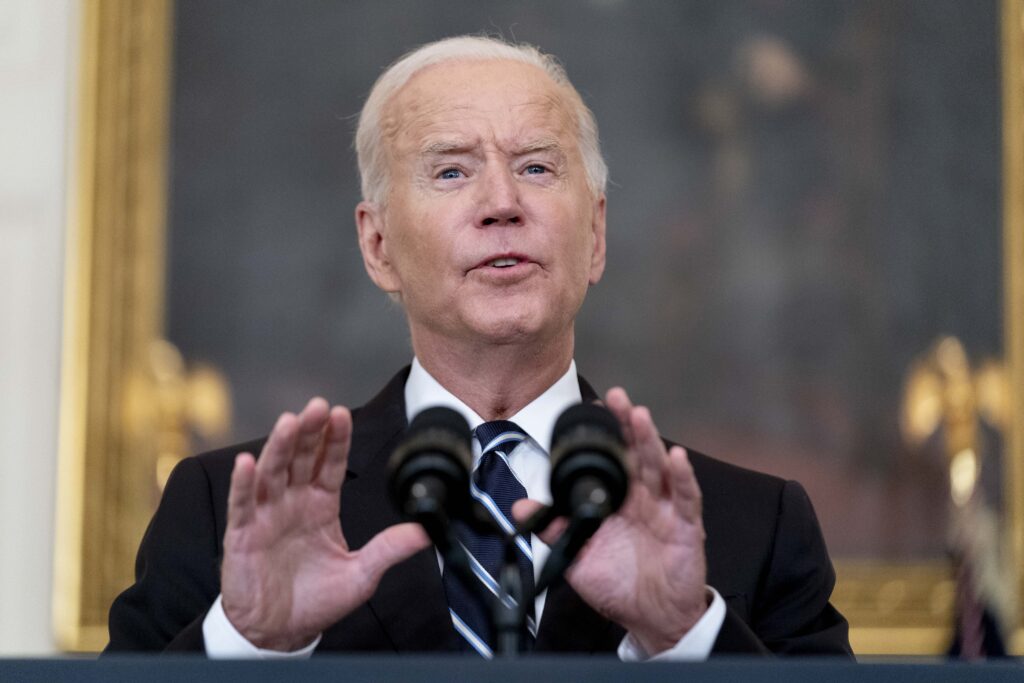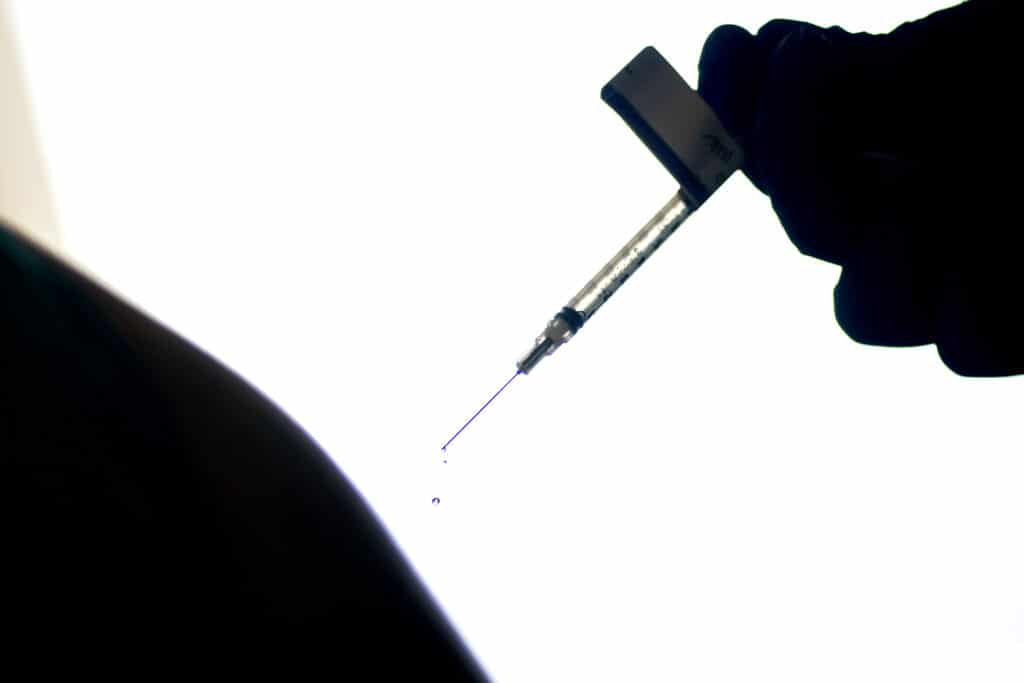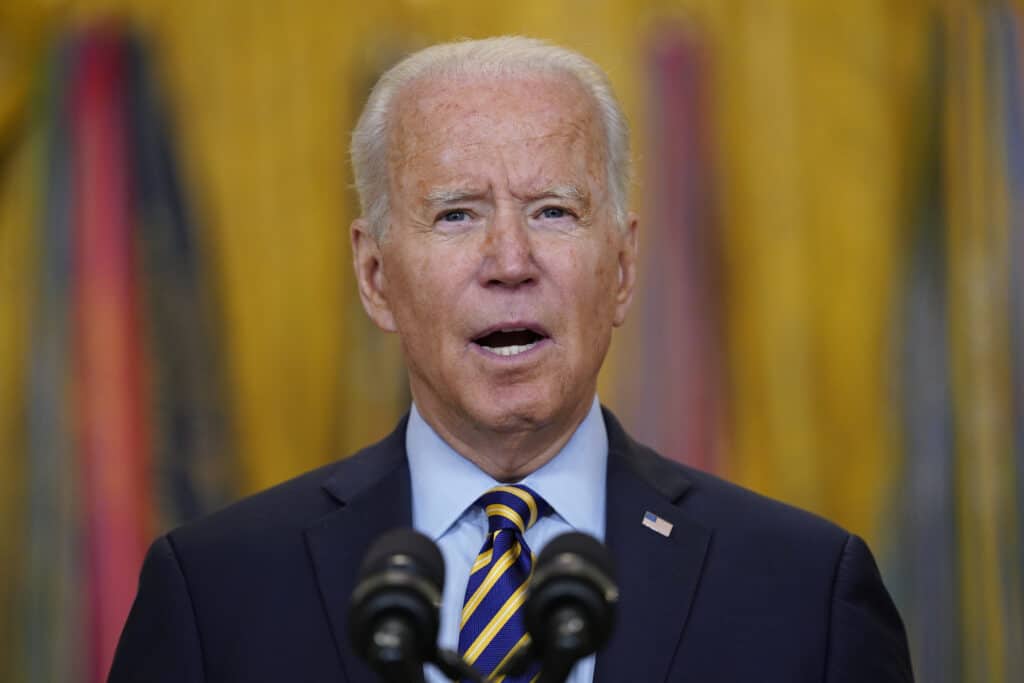President Joe Biden said Wednesday, almost 3 million consumers signed up for subsidized health insurance made more affordable by the COVID-19 relief law. Biden asked Congress to help keep the trend going by extending financial assistance, that now ends in December 2021. The Associated Press has the story:
HealthCare.gov plans became significantly cheaper this April due to enhanced subsidies in the COVID-19 relief law
WASHINGTON (AP) — Nearly 3 million consumers took advantage of a special six-month period to sign up for subsidized health insurance coverage made more affordable by the COVID-19 relief law, President Joe Biden said Wednesday.

He called that number encouraging and urged Congress to help keep the trend going by extending the more generous financial assistance, currently available only through the end of next year.
“That’s 2.8 million families who will have more security, more breathing room, and more money in their pocket if an illness or accident hits home,” Biden said in a statement. “Altogether, 12.2 million Americans are actively enrolled in coverage under the Affordable Care Act — an all-time high.”
Biden had ordered the HealthCare.gov marketplace to reopen Feb. 15 for six months, through Aug. 15, to give uninsured people another opportunity to sign up for coverage for themselves and their families during the pandemic. New census numbers show that about 28 million people were uninsured last year, but the steep coverage losses that many feared were averted as about 9 in 10 Americans retained private or public coverage.

HealthCare.gov plans became significantly cheaper this April due to enhanced subsidies in the COVID-19 relief law. All the while, coverage through Medicaid and the Children’s Health Insurance Program has also been growing, reaching more than 82 million people.
The Obama-era Affordable Care Act, enacted in 2010, is aimed at increasing health coverage by offering subsidized private insurance nationwide for people who do not get health care benefits from their employer. The law also expanded Medicaid for low-income adults, and most states have taken advantage of that option.
Together, the two components cover about 27 million people, according to the nonpartisan Kaiser Family Foundation.

Biden said Wednesday that the subsidies in his COVID-19 relief law have helped trim premiums by about $67 a month for people who were already enrolled in ACA plans, and that 4 in 10 new customers during the special sign-up window found coverage for $10 a month or less.
Out-of-pocket expenses have also dropped, he said, with the median, or midpoint, deductible slashed 90%. That makes a difference because it means people pay less when they actually go to use their health insurance at the doctor’s office or the hospital.
Biden, who was vice president when the heath overhaul became law, wants to move the United States to coverage for all by building on existing programs.
His $3.5 trillion domestic agenda bill calls for making permanent the richer subsidies for HealthCare.gov plans and provides a workaround to help more than 2 million low-income uninsured people denied coverage in a dozen states that have failed to expand Medicaid.

The legislation, which faces uncertain prospects, would also free Medicare to negotiate prescription drug prices, plowing expected savings back to provide dental, vision and hearing coverage for older people. The bill also calls for a pivot to long-term care services in the home, and an expansion of maternal health coverage for low-income women.
The regular annual sign-up season for the health law won’t start again until Nov. 1. The law survived a decade of Republican efforts to repeal it or get the Supreme Court to strike it down, and now has joined Medicare, Medicaid, and Children’s Health Insurance as a permanent component of government programs providing coverage to nearly 145 million people.
By DARLENE SUPERVILLE
Ricardo Alonso-Zaldivar contributed to this report






